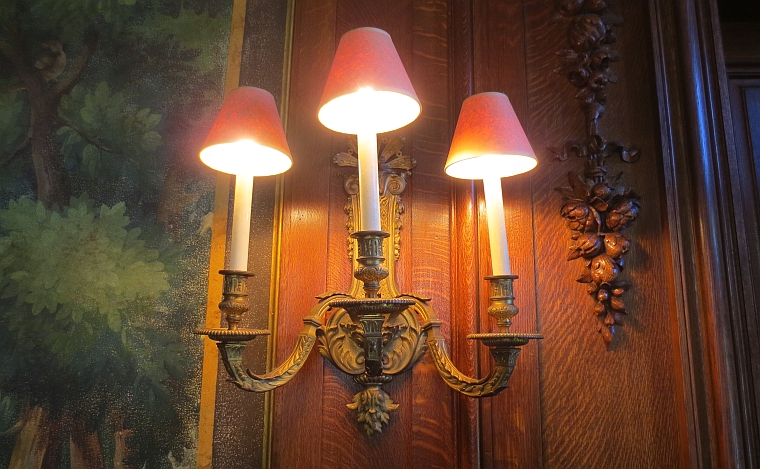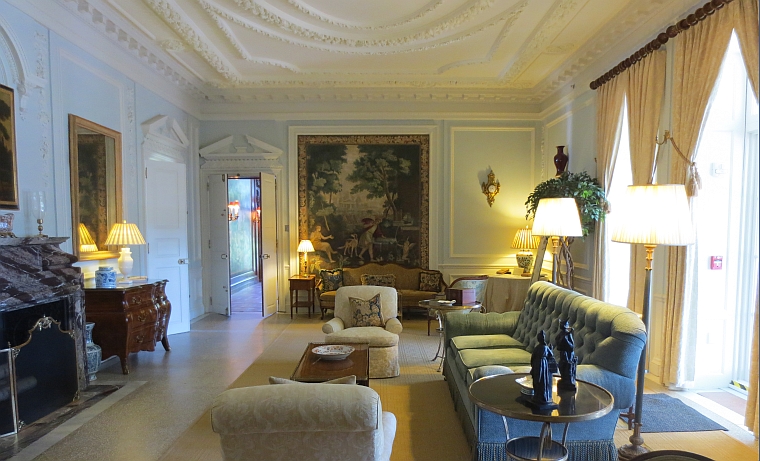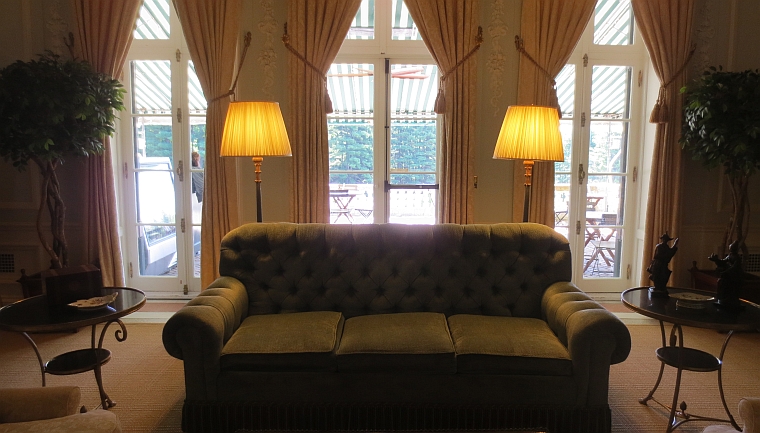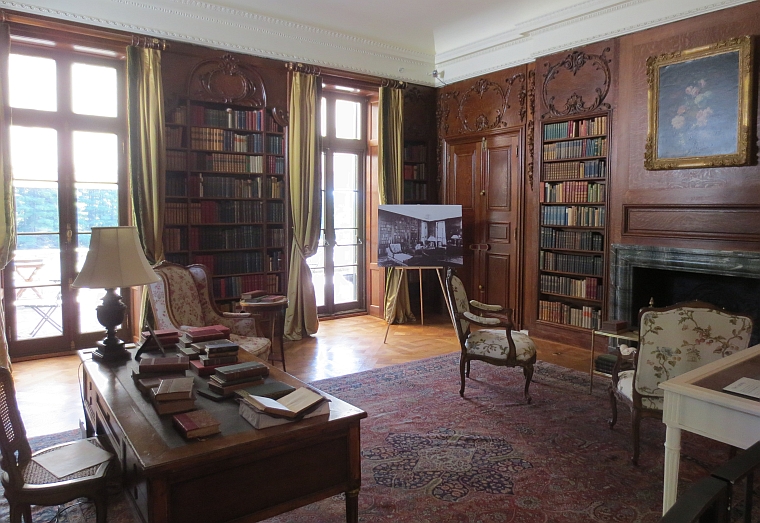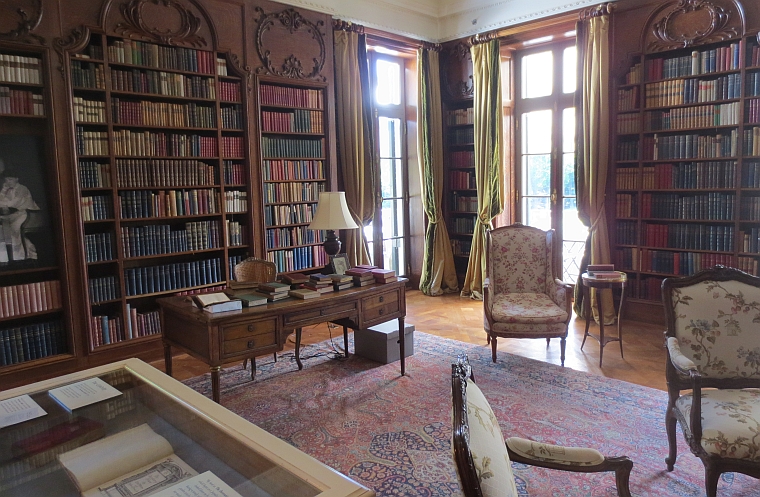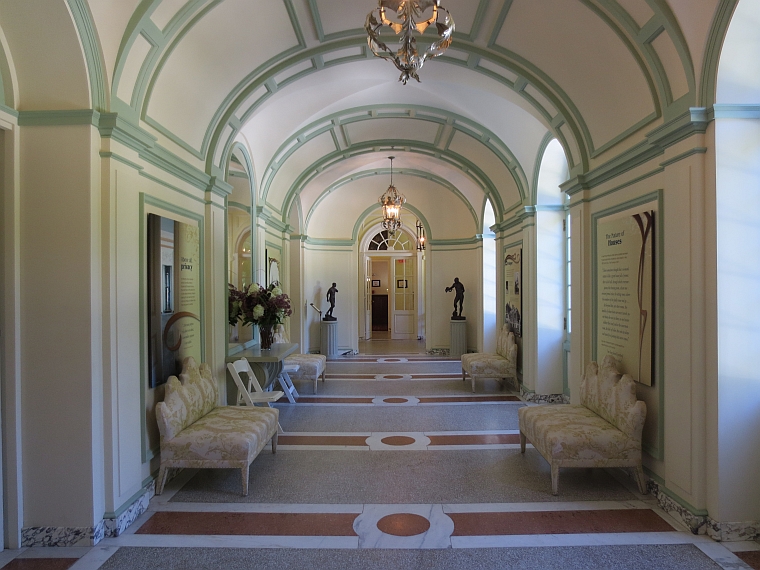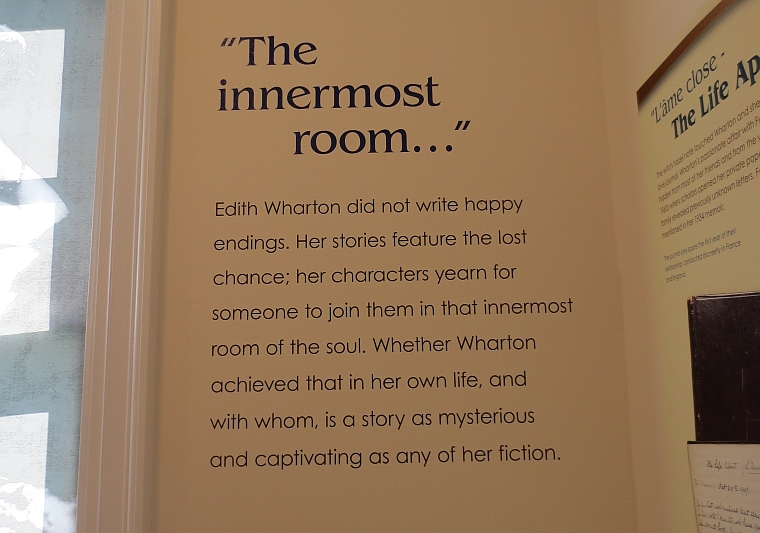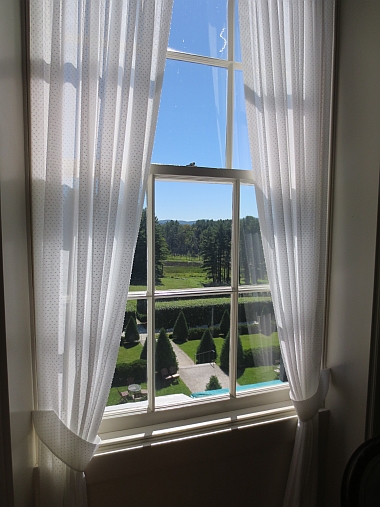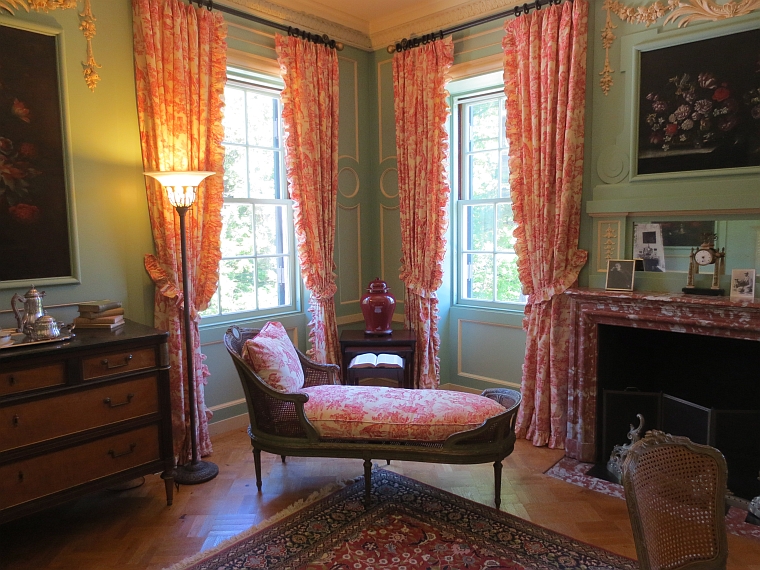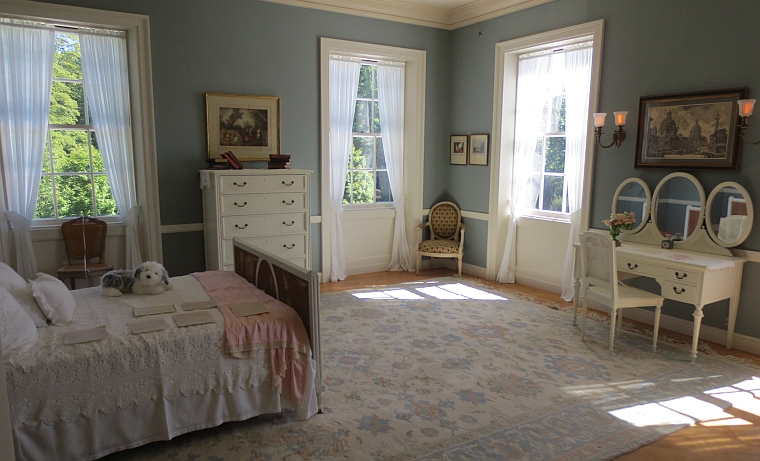Sometimes there is no more intimate glimpse into a person than in seeing their home. It’s where the inner-sanctums of our lives take place, when the unguarded moments of solitude or intimately-shared living occur. It’s almost painfully revealing, particularly when the person in residence is not present.
Whenever I find myself in a friend’s home, either waiting for their arrival, or hanging out until their return, I feel like I’ve been given a privileged peek at what they hold most dear. I usually read too much into it – wondering at the choice of a pillow (that they probably got as a gift) or the placement of a bookshelf (that probably came with the house).
I know if someone scrutinized my home that way I’d be saddled with all sorts of unfair attributes. (The slate entryway was not my idea, and that shoddy, torn, on-its-last-legs leather sofa is all Andy, all the way.) So I realize the insanity of placing so much stock in the surroundings, but part of me feels it is an accurate representation of who someone is at their most unguarded.
You can also tell a lot about a person by the books one reads. A lot, yes, but certainly not everything, especially with a library as big as the one seen here. No doubt Ms. Wharton read a great deal, but she surely didn’t read everything here. Some books belonged to her husband, some to friends, and some were probably just shelf-filler to balance an empty row out. The mere fact that she held a library in such high-esteem says more than her choice of books.
Simply being in the same space that someone once occupied can give little clues as to what they were like, or at least give an idea of what they might have seen, or how the light may have moved them. Those are the intimate details I crave about the people I love and admire. To see where someone whose words so moved me actually lived and worked and wrote can be as telling as any biography, or autobiography for that matter.
Because sometimes what is unsaid and unwritten is more meaningful and impactful than what we choose to reveal.
But I have sometimes thought that a woman’s nature is like a great house full of rooms: there is the hall, through which everyone passes in going in and out; the drawing-room, where one receives formal visits; the sitting-room, where the members of the family come and go as they list; but beyond that, far beyond, are other rooms, the handles of whose doors perhaps are never turned; no one knows the way to them, no one knows whither they lead; and in the innermost room, the holy of holies, the soul sits alone and waits for a footstep that never comes. ~ Edith Wharton
The master bedroom suite was divided into these two rooms, which Ms. Wharton occupied on her own, for the most part. Though the furniture is not original, it gives an idea of what it might have looked like. The light, and the windows, were as she would have experienced them, and that’s what matters. She would have looked out over the same expanse of green, the same trees in the distance, and the same lake. A similar sky would have appeared countless times, and the exact same sun would have shone as it did on this day, traveling the same trajectory across the floor, molding the same shadows.
Back to Blog
